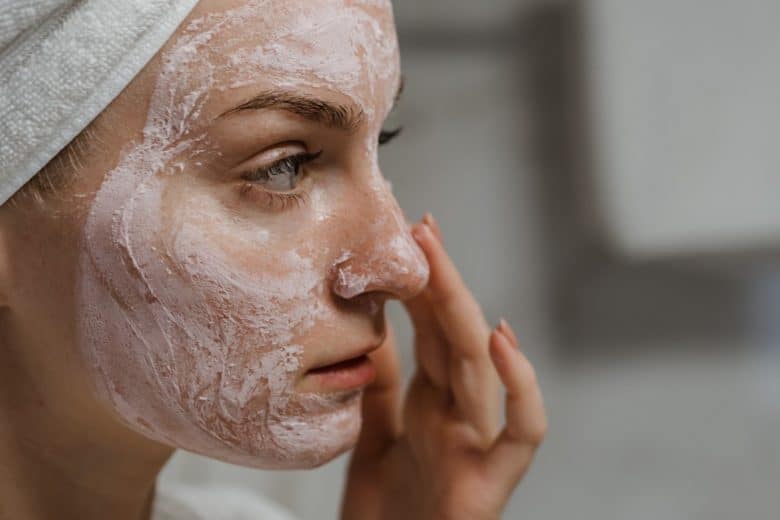Patients face many skin challenges in the winter, and it is paramount for them to find the right treatments for their skin conditions that make the skin unhealthy. A dermatologist helps the patients by offering complete assessments of their skin and find a way to eliminate the conditions effectively.
Most dermatologists’ complete tests and examinations to diagnose the patient’s condition and evaluate the best treatment strategies. Some patients will receive prescription medications, and more complex conditions are necessary. The clinician may provide cosmetic treatments that require extensive healing times, and some conditions may cause additional effects.
Severely Dry Skin
During the winter, many dermatology patients experience severely dry skin that can crack and bleed. Experienced dermatologists working at the Aventus Clinic and others similar will evaluate the skin for underlying conditions that cause the skin to become too dry and crack. During a consultation, the dermatologist will examine the skin and conduct a variety of tests to determine the issues at hand. One common finding is that temperature changes and the dryness of the air can cause severely dry skin, this is especially common when the seasons change from one extreme to another.
For these patients, dermatologists may recommend lotions and topical creams that increase moisture and hydrate the skin. Patients can learn more about treating severely dry skin by reading the Renee Rouleau Blog now.

When They Develop Eczema
Eczema can develop more frequently during the winter since the skin is dry and often unhealthy. Eczema causes a rash to cover the affected areas that itches and becomes scaly. Patients will need topical solutions to treat and eliminate the eczema. During the winter and since the skin becomes drier, the patients could experience eczema at a more frequent rate. Dermatologists provide prescriptions for treating the skin condition and keep it under control. They also treat pain and discomfort caused by the conditions.
Details About Psoriasis
Psoriasis flares up as new skin cells develop at an accelerated rate and take over the top layer of the skin. There are a variety of different types of psoriasis that can affect the patient’s skin negatively and cover larger portions of their body.
When treating the skin condition, the dermatologist must address the underlying autoimmune issues that cause the overproduction of skin cells. The patients may receive prescription medications for these symptoms. The dermatologist will provide treatments to decrease flareups including topic solutions and UV lamps.
What Is Cold Urticaria?
Cold urticaria is an allergic reaction to colder temperatures that causes a sudden skin rash or hives that can cover the body quickly. The rash becomes redder and itchy over time, and the patient will require medical intervention to get their allergy symptoms under control. Some patients could experience reactions from exposure to the extremely cold temperatures.
The dermatologist may provide allergy shots to control the symptoms or topical solutions that address the rashes and keep them under control. The dermatologist will complete a variety of tests to determine the most effective treatment for their patients.

Managing Your Rosacea
Rosacea is a skin condition that causes the skin to become red and create a blushing effect on the skin. Some patients develop small bumps that look similar to acne, but they are effects of rosacea. The skin becomes hot and itchy each time the patient experiences symptoms. Overexposure to the sun, eating spicy foods, and consuming alcohol could lead to more flareups.
The clinician will provide a topical cream to address the flareups and eliminate blemishes caused by the condition. They may also recommend dietary changes that decrease symptoms and prevent inflammation of the skin.
The Common Winter Rash
In winter, many people develop the common winter rash that caused the skin to become itchy and scaly. Dermatologists recommend lotions that control dryness and make the skin more hydrated during the winter. They must determine how often the patient is exposed to extreme winter temperatures and what they can do to prevent the effects each day. Workers who must be out in the winter temperatures will need more complex treatments to protect their skin effectively.
They cannot provide the same treatment for all patients since they have different skin types. The dermatologists must evaluate each patient on a case-to-case basis and determine what treatment address all underlying conditions and prevent rashes from developing on the skin.
What Is Seborrheic Dermatitis?
Seborrheic dermatitis causes the patient to develop flaky scale sand skin rashes that are itchy. The color of the rash depends on the skin tone, and it appears darker on light skin and lighter on darker complexions. Some patients experience increased dandruff and even cradle cap.
The dermatologist must provide effective treatments to control this domino effect of symptoms that can affect the entire body. Unfortunately, the patient doesn’t have to be exposed to colder winter temperatures to have a flareup. The skin condition could be linked to psoriasis or an underlying skin condition. Another condition that can result in a color change to the skin is known as the Asian Glow which is an alcohol flush syndrome.
Scaly Heels, Knees, and Elbows

When the skin becomes scaly, it isn’t corrected by using deep penetrating moisturizers. The heels especially will require additional steps to remove dead skin cells and callouses that make the skin thicker and scaly. The dermatologist will recommend more profound treatments to remove these developments and make the skin softer.
The knees and elbows will require the patients to use better moisturizers in the winter to control dry and scaly skin. Dermatologists can recommend a variety of skin care products that help the patients look their best and decrease the common winter skin woes that are uncomfortable.
Dermatologists know all too well that patients can develop more complex skin conditions as winter arrives. It is in winter that the skin can become too dry and begin to crack and bleed. For some patients, the underlying cause of these symptoms could be an allergic reaction or an inherited condition that is present in several family members.
The dermatologist must complete thorough assessments for winter skin conditions and determine if a simple solution is possible. Many people every year develop rashes because of the temperatures. They may also experience more flareups of eczema, psoriasis, and dermatitis. Dermatologists help patients discover better ways to control flareups and manage their skin more proactively throughout the entire year.














Leave a Reply